Set a goal
Organise a Design Jam efficiently by developing a solid plan from the get-go.
In the digital age, new innovations often mean new questions around Trust, Transparency and Control. This Design Jam helps startups think deeply about how they can design for data privacy.
Get ready to hit the ground running. Here's everything you need to plan a successful Design Jam.
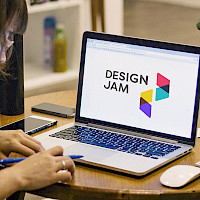
Organise a Design Jam efficiently by developing a solid plan from the get-go.

Empower business stakeholders to produce a brief that captures the challenges and opportunities.
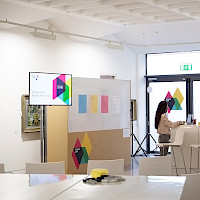
Ensure the smooth operation of your Jam using these space, materials and staff guidelines.
Ahead of the Jam, prepare relevant tools, insightful documents & necessary assets to plan for a successful workshop.
💻 Additionaly, prepare a Pitch Deck you'll use to pitch your business during the Jam.
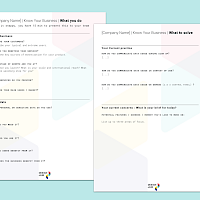
Whether you're operating as Business-to-Consumer (BtoC), Business-to-Business-to-Consumer (BtoBtoC) or Business-to-Business (BtoB), prepare for a data and privacy oriented workshop by looking at your business through the lens of personal information.
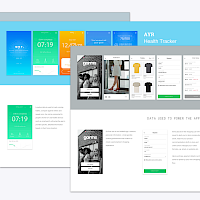
Data use briefs allow teams to understand how digital products collect and use data so that they can align on shared goals for co-creation.
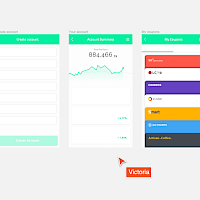
Don't just discuss concepts in your co-design sessions; instead give participants hands-on material to work from so that potential solutions are tailored to the digital product.
Bring the right people together and get them ready for a co-creation workshop.
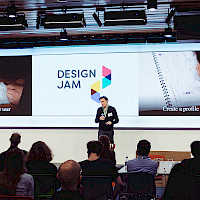
Invite subject matter experts who can empower participants using their unique set of experiences and expertise.
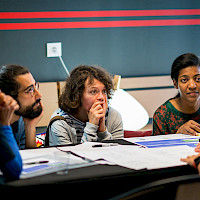
Designers occupy a central role in a design workshop and it's key to brief them properly to assure a smooth run on the day.
Introduce the Design Jam concept to participants and familiarise everyone with design thinking methodologies regardless of their background.
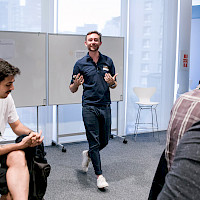
Introduce participants to the Jam, the activities they will be taking part in and the general flow of the event.
Increase creativity, build empathy and break down barriers amongst participants with the Lego duck exercise.
Use these short, incisive exercises to get participants thinking about the activity of designing for a specific challenge.
🔁Run the 3 exercises simultaneously by setting up 3 stations, and dividing the audience into 3 groups. Each group spends 15 minutes per station before rotating to the next one.
💭At the end, allow for 5 to 10 minutes of debrief and ask each facilitator to share what they've observed out of the exercises and what participants should keep in mind for the day.
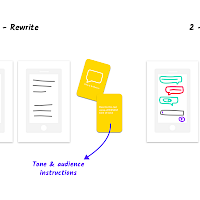
Enable participants to understand the importance of language in privacy notices for digital services by exploring the wording of terms and conditions in combination with design principles.
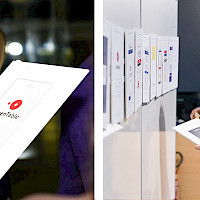
Enable participants to understand the mechanics of transparency by analysing example privacy notices.
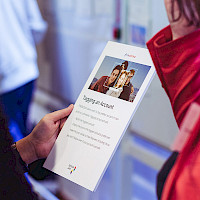
Give participants the opportunity to analyse data-use notices, in order to better understand where they occur in the user experience, and the most appropriate way they should be presented.
An expert or set of experts discuss topics specific to the Jam to share their insights and experiences with participants.
📝 Gather and group ideas from post its on a board and name them per theme. Facilitators and team members gather 'How Might We's' post-its and arrange them by theme — curating content from the morning to help each team feel distinct for the afternoon activities.

Enable participants to gather insights and reframe them as opportunities and challenges.
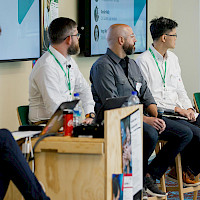
Hearing from subject matter experts is a crucial part of a Design Jam. You may choose to bring them together onto a panel to discuss key questions in a group setting. This tool outlines the process and gives some pointers about how to form and deliver an expert panel discussion.
Nobody does their best work when they’re hangry. Take a 45 minute break, grab something tasty and meet other participants.
Creating and sharing ideas in a group can be intimidating. Set expectations and establish some rules to make everyone feel comfortable.
💻Use the Know Your Business cheet-sheat and Pitch Deck you've put together ahead of the Jam to present your business to newcomers.
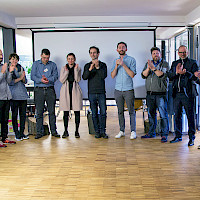
Introduce the challenge teams will be working on while setting the stage for trust and collaboration.
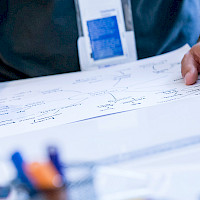
Let the creativity of each participant emerge by encouraging purposeful dialogue and wild thinking.
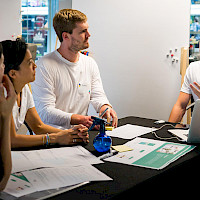
Prepare a pitchdeck to present your company in record time to external experts joining your team for a day so that, together, you prototype relevant solutions for your business.
Creating and sharing ideas in a group can be intimidating. Set expectations and establish some rules to make everyone feel comfortable.
📑Make sure the Know Your Business cheet-sheat, Data Use Briefs and Personas you've put together ahead of the Jam are available on each table as go-to documents for the teams.
💡Hit the wall of the day where you've previously gathered the 'How Might We's' sticky notes for inspiration & input.
🎤Once Challenge Statements are ready, take 5 minutes for each team to present their statements and experts to give actionnable feedback in return.
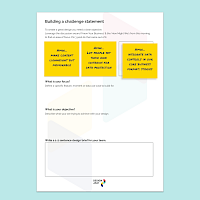
To engage teams in a Jam, concise, focused and inspiring challenge briefs are essential. Use this tool to help your organisation's or business's stakeholders to articulate the role of data in delivering their value proposition and the problems they are facing.
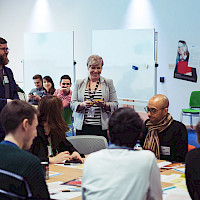
Equip teams with additional ideas and knowledge by soliciting feedback from experts.
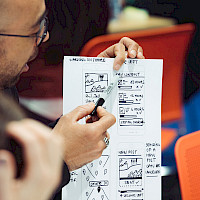
Empower participants to share multiple solutions through simple visuals.
It can be difficult to know which ideas to move forward with. Let participants share ideas, and use group feedback to choose the best direction forward.
📋 Spend five minutes debriefing with your team to be ready to kick-off prototyping straight after the break.
Nobody does their best work when they're hangry or thirsty. Take a 15 minute break to refresh and grab something tasty.
Bringing your ideas to life is an important step in any Design Jam. By building something tangible, participants will fully explore each concept and help others to understand it.
🧭Ask experts in the facilitating team to rotate from team to team, providing guidance and identifying interesting points in team conversations.
🗂️Prepare an online repository with the materials that teams will need for prototyping. Ask each team to save their prototypes and design files to the repository.
🤹Split the team in different task forces: one working on the designs and prototypes, one on the presentation and someone keeping tracking of the time and making sure it all fits together nicely.
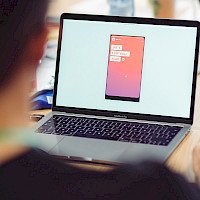
Empower participants to consider usability issues by creating digital prototypes from early-stage concepts.
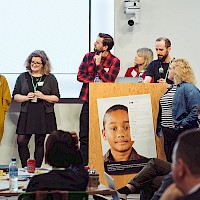
Produce a powerful presentation that communicates a coherent story, opens up opportunities for feedback and inspires other participants.
Your participants will generate a great number of ideas and concepts. Allow each team to present its big idea, and allow participants, stakeholders and experts to give feedback.
⏲️Assign the order and time in which teams will present. At our Jams, we usually allow each team a 5-minute pitch, followed by 1 minute of questions.
Keep the conversations and connections going. We recommend organizing desserts or a cocktail hour after each Design Jam.
Prototypes are a great start, but they aren't a finished product. Now is the time to take them to the next step. Keeping trust, transparency and control in mind, set a roadmap for the development phase.
Define your objectives and choose the right type of tests to meet them. Capture insights and turn good designs to great ones.
A template to help you identify what you want to get out of user tests and how to run them with available resources.
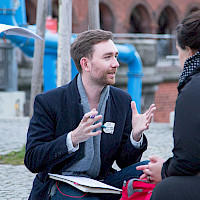
Help participants ask the right questions when they meet the people who'll use their products.
Make it real! Build-in your new features & experience into your existing product and gather learnings for future designs to come.
🧪Once a research phase has been completed, it's important to take a step back and take the time to list what you learned. Making sure the knowledge you've built is in a qualitative, shareable format is important to make sure nothing is lost by your team!
👩🏽🏫 Use our Synthesis presentation template to gather your learnings into a sharable format.
🏗️Go back to your data blueprint and kick-off step 6.